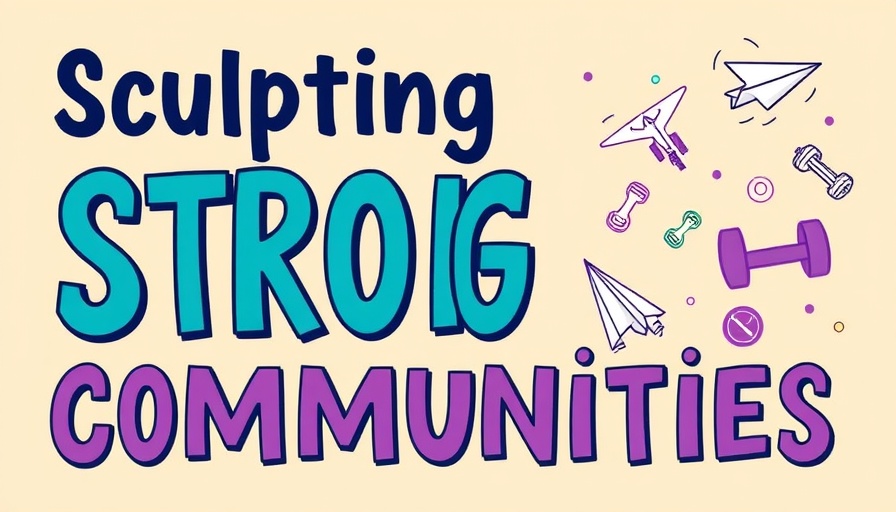
Addressing Older Adult Homelessness in California
California’s senior population is experiencing alarming rates of homelessness, particularly among those aged 50 and older. This demographic is facing unprecedented housing instability, driven by factors such as the high cost of living, inadequate affordable housing, and the health-related challenges that come with aging. Elderly individuals experiencing homelessness frequently face rapid health deterioration, increased functional impairment, and an urgent need for institutional care...
Medi-Cal’s Lifeline: Community Supports Explained
Medi-Cal has responded to these growing challenges through its California Advancing and Innovating Medi-Cal (CalAIM) initiative, which encourages Medi-Cal Managed Care Plans (MCPs) to provide Community Supports. These supports are vital non-medical services aimed at supporting members in achieving housing stability, which is a pressing social determinant of health. Such services include housing transition and navigation, housing deposits, and tenancy sustaining services...
Understanding Community Supports: A Look at Available Services
Medi-Cal offers several pre-approved Community Supports designed to assist older adults at risk of homelessness. For example, Housing Transition and Navigation Services help seniors secure housing by guiding them through applications and finding suitable places to live. Other services, like Recuperative Care, provide short-term medical respite, allowing older adults to recover from injuries or illnesses in a safe environment...
The Importance of Housing in Health Outcomes
Research indicates that housing stability directly correlates with improved health outcomes for older adults. When seniors have a stable place to live, they experience a range of benefits—from enhanced health and well-being to a higher quality of life. This makes the Medi-Cal Community Supports not just a matter of housing but a critical public health issue...
Future Implications: Ensuring Housing Security for Older Adults
Looking ahead, addressing older adult homelessness in California will require robust support from local and state entities, as well as ongoing advocacy for increased availability of affordable housing. As Medi-Cal expands its Community Supports, it will play a pivotal role in ensuring that older adults can access the necessary resources. Ensuring that these services are well-promoted and accessible will be vital...
Making the Most of Medi-Cal’s Services: Practical Steps
For seniors, advocates, and service providers, understanding how to leverage Medi-Cal’s Community Supports is essential. Older adults at risk of homelessness should actively seek out housing transition services through their MCP to access assistance with housing applications, deposits, and tenancy sustaining services. With comprehensive support, we can work toward preventing homelessness among California’s aging population...
As we reflect on the critical role that housing stability plays in the lives of older adults, it's clear that Medi-Cal’s housing-related services represent a vital step toward enhancing the well-being and quality of life for California’s seniors. By addressing housing as a priority, we can foster a healthier, more secure aging community.
 Add Row
Add Row  Add
Add 




 Add Row
Add Row  Add
Add 

Write A Comment